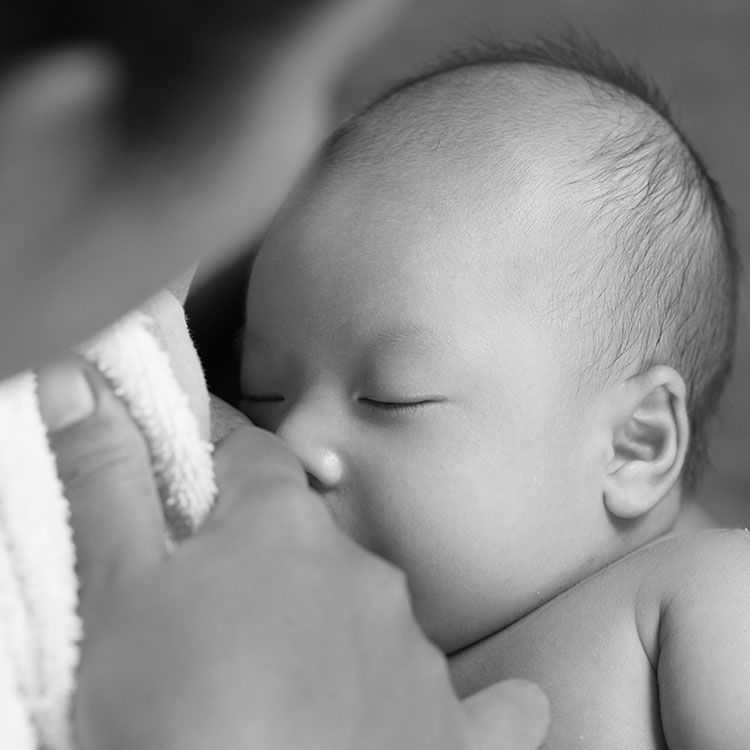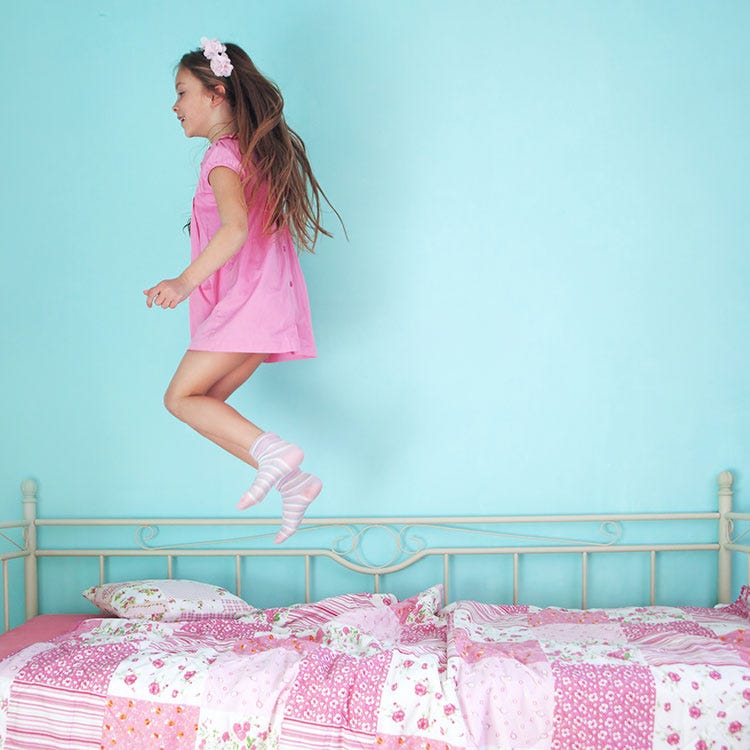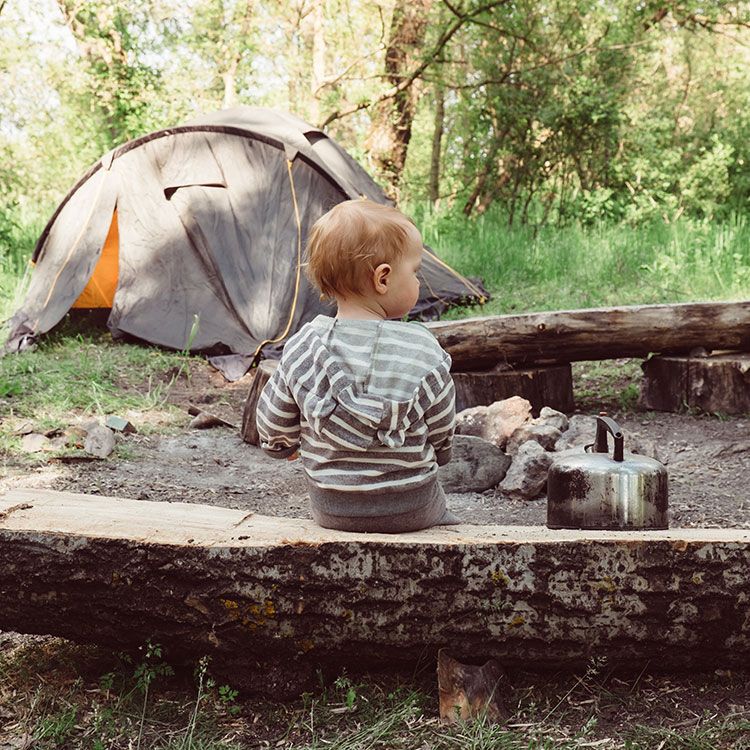6 Parenting Tips from Around the World That Only Sound Crazy to Americans
Diaper-free babies and nipple-offering dads are just a few.
This article was written by Bonnie Vengrow and provided by our partners at Rodale’s Organic Life.
Are you more of a Tiger Mom or an Elephant Mom? Adopting a “third-child” style or honoring your tendency to helicopter? It seems like there are as many different parenting styles as there are parents. While raising a child is anything but one-size-fits-all, it can be helpful to see how other parents are getting the job done. With that in mind, we rounded up six of our favorite parenting tips from moms and dads around the world. Some may make you cringe—an ice bath, really?—but others may just inspire you to try something new.
(Transform the ordinary into the extraordinary with Rodale's The Perennial Matchmaker, your foolproof approach to growing your most stunning garden ever!)
RELATED: 6 Ways To Raise A Compassionate Little Human
Watch Next


How To Avoid Unexpected Health Bills

How Fans Can Help WNBA Salaries Change

All The Pregnant Celebrities With 2024 Due Dates

PSA: Costco's Sold-Out Throw Blanket Is on Amazon














